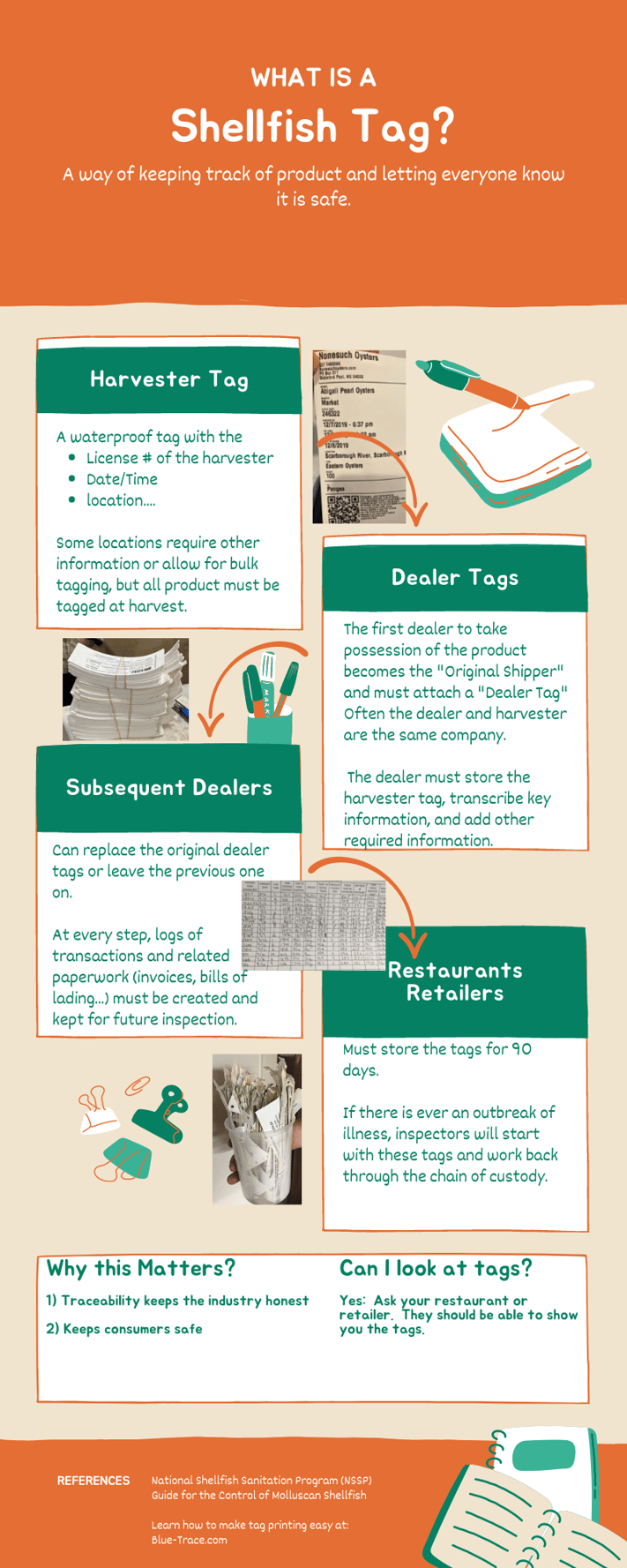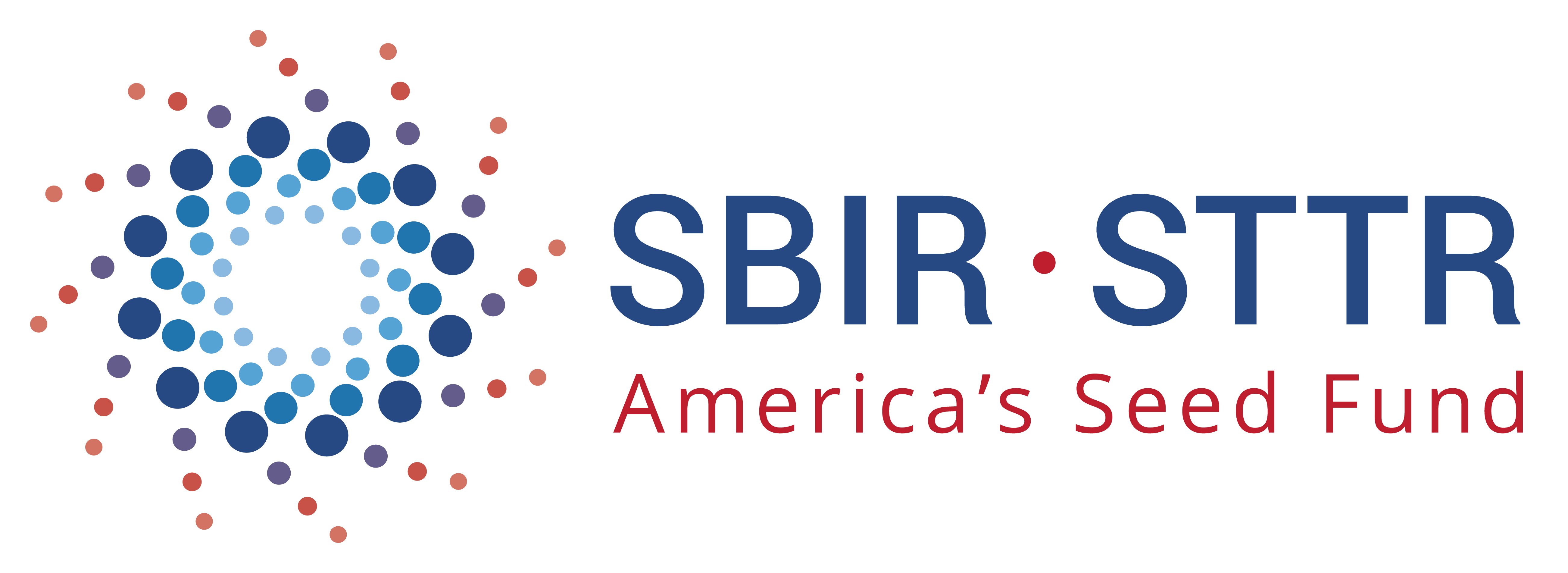Shellfish tags are mandated by the FDA and are part of the model ordinance from the National Shellfish Sanitation Program. They play a very direct role in public health protection.
When an outbreak of disease attributable to shellfish occurs, health departments rush to determine the source of shellfish contamination to prevent any further outbreaks. This can be done most effectively by using the records kept by the shellfish harvesters and dealers to trace a shellfish shipment, through all the various dealers who have handled it, back to its point of origin. Shellstock tags are the first important records concerning the origin of shellfish.
They are mandatory whenever live shellfish are handled--from first harvest to the retailer or restaurant. Companies who fail to comply can face fines, seizure of products and other sanctions.
Only live shellfish are required to have tags. Shucked shellfish and scallop abductor mussels do not need tags.




.jpg?width=828&name=Image%20from%20iOS%20(103).jpg)

.jpg?width=354&name=File%20(2).jpg)
 Brad Blymier started as a small pedestrian farmer on t
Brad Blymier started as a small pedestrian farmer on t Four years ago, we had the idea of helping oyster farmers improve their operations. Today, we have over 120 clients in 12 states and 4 countries. We have employees, investors and even won a major grant from NOAA. All this would not be possible without the support of so many. Thank you!
Four years ago, we had the idea of helping oyster farmers improve their operations. Today, we have over 120 clients in 12 states and 4 countries. We have employees, investors and even won a major grant from NOAA. All this would not be possible without the support of so many. Thank you!